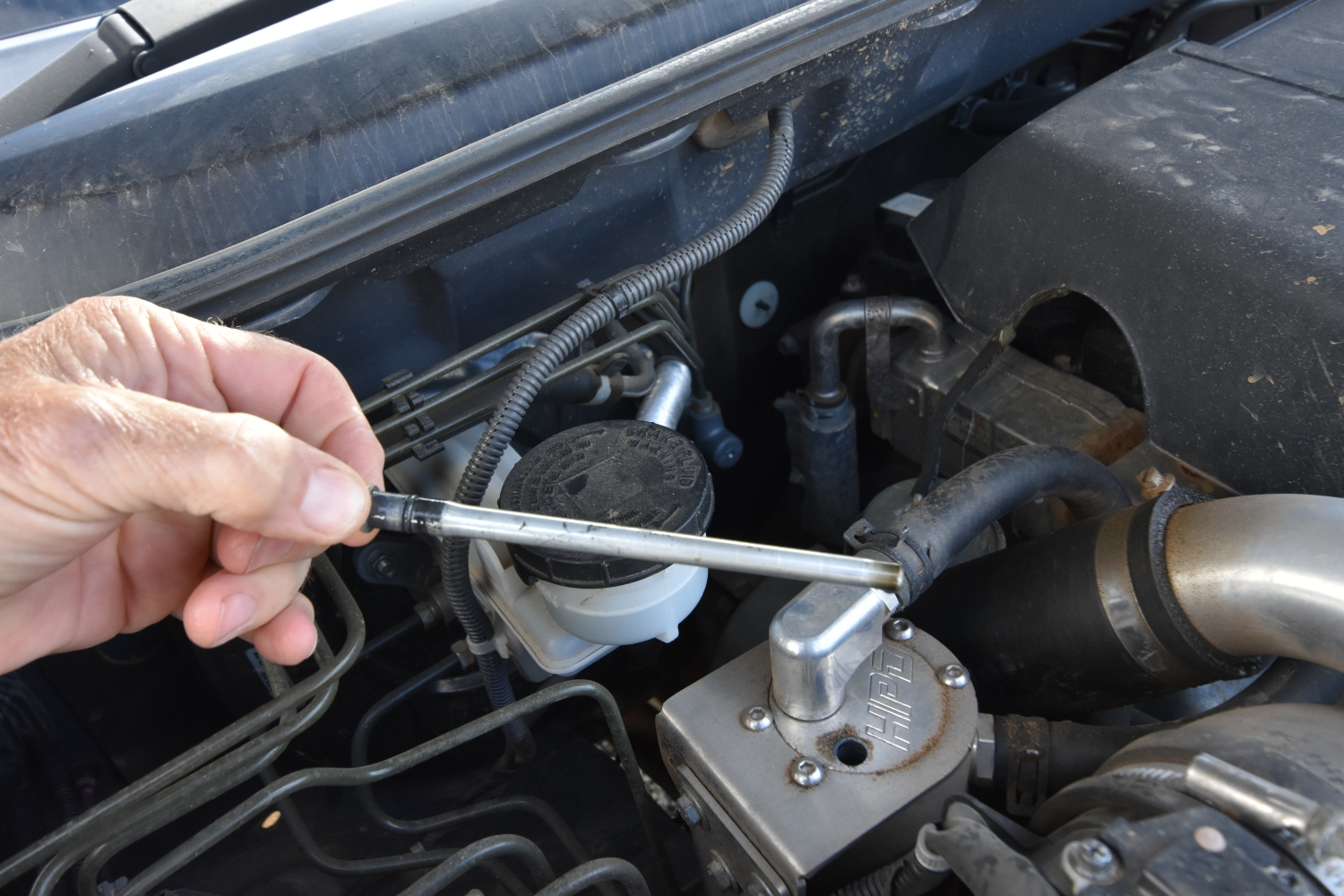If you do any reading about diesel four-wheel-drives, you’re likely to bump into a message about the merits of fitting a catch-can. So what is it and what is it preventing I hear you ask?
Put simply; modern internal combustion engine design is dictated to by incredibly strict emissions requirements to protect the world’s air cleanliness. Emissions like PM (particulate matter), NOx (nitrogen oxide) and SO2 (sulphur dioxide) are linked as causes of cancer and bronchial problems in densely urban areas. It’s why diesel is on the nose in Europe with many bigger city centres banning diesels entirely in the coming decades because of the health risk that apparently escapes even the best-designed DPF (diesel particulate filter). Have a read of my opinion piece in Issue 001 of Loaded 4X4 where I canvassed the future politicians are angling for in a diesel-free world.
Designing an engine with a view to minimising pollutants out the exhaust pipe has meant things like PCV (positive crankcase ventilation) and EGR (exhaust gas recirculation) are churning those gasses around and around in your motor to burn them off and over a period of time the intake side gets filled with the by-product of that process, sludge. That will affect the performance of the vehicle, increase fuel usage and prematurely can cause components to fail with likely HUGE repair bills.

A catch-can sits between the valve cover of the engine (where the breather hose exits) and the intake hose on the turbocharger. Gasses emitted from the breather go into the lower body of the unit and are collected as they condensate from a fine mist into a sludge of old oil, no doubt some unburned fuel and possibly even some moisture/water vapour, especially so if you’re in the habit of doing short runs with your vehicle.
The top of the catch-can then vents to the turbo intake but is now free of the mist that would usually coat the gubbins of the turbo, the intercooler and ultimately the intake side of the motor. There are plenty of pictures on the internerd showing the results of that mist mixed with the soot and carbon created from the combustion process coalescing in the nooks and crannies and doing its evil. That sludge essentially buggers things up, a choking sea of sewage that both you and your motor don’t need.
Now I’ve seen the results of this firsthand. A D40 Navara I had a few years back came to a complete halt at around 85,000kms for this very reason, the EGR completely blocked, and the car didn’t like it one little bit. The rectification at my Nissan dealer relieved me of nearly $1K as they cleaned out the grime found in the intercooler and replaced the EGR valve.

Once bitten, twice shy, so the D-MAX was the recipient of an HPD catch-can soon after taking delivery of it nearly four years ago. Since then the vehicle’s travelled just over 100,000kms trouble-free, and periodically I’ll drop the canister and wash it out. Inspection to see how much has collected is made super-easy via a dipstick assembly. I reckon in its time it’s saved easily 250ml or more of engine-choking grime accumulating in places where you don’t want to find it. Might not sound like much but it doesn’t need to be in there if it’s going to clog up your plumbing!
The internals are also treated to a fine stainless steel gauze filter to trap any bigger bits of rubbish that might be swirling around. There are O-rings sealing the spin-on canister to the head unit and also sealing the dipstick; circlips locate the gauze filters nicely.
So impressed with the form and function of the HPD catch can on the D-MAX I recently bought one for Rose’s M-UX and in the coming days I’ll get it installed by following their supplied instructions.
HPD make vehicle-specific kits for different makes and models with all the bracketry and hardware you’ll need to make the installation a doddle! The fit and finish are superb, it’d easily pass as a factory installation, and the exquisite brushed aluminium canister set is a work of art. This one cost $385 plus postage, and HPD’s mail order service will ship their range of products to you speedily and anywhere in the world.
You’ll find their website here https://hpdiesel.com.au/





GIPHY App Key not set. Please check settings